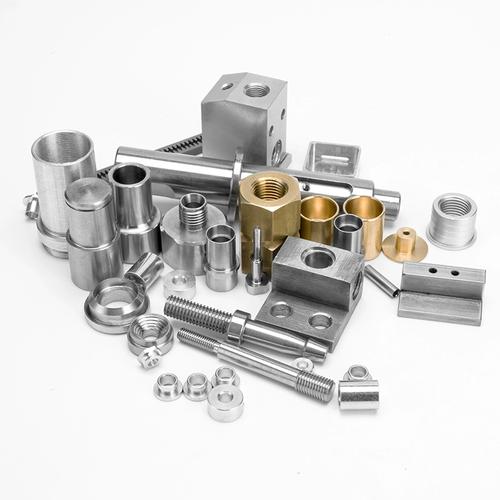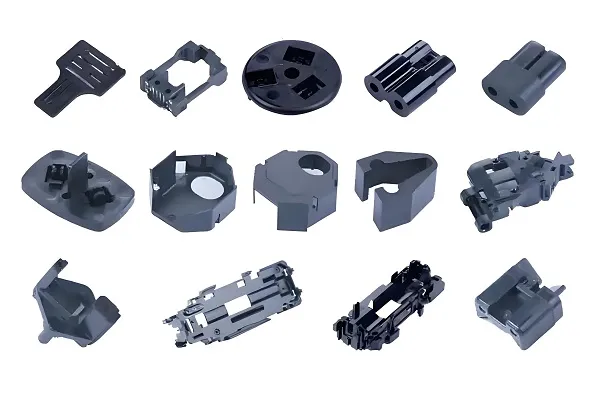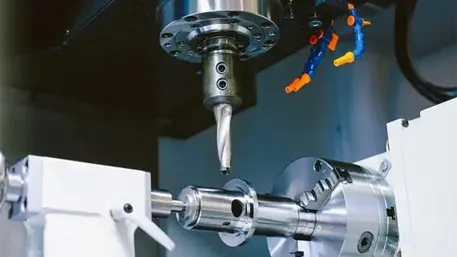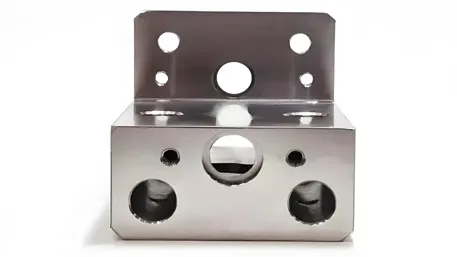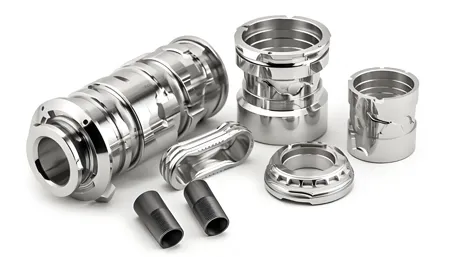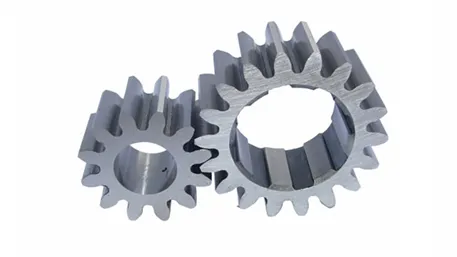In the field of mechanical customization, CNC (Computer Numerical Control, Computer Numerical Control) gear parts service is a highly specialized service that combines advanced CNC technology and precision machining processes to meet customers’ needs for high precision, quality and customization of gear parts. The following is a detailed analysis of the customized CNC gear parts service:
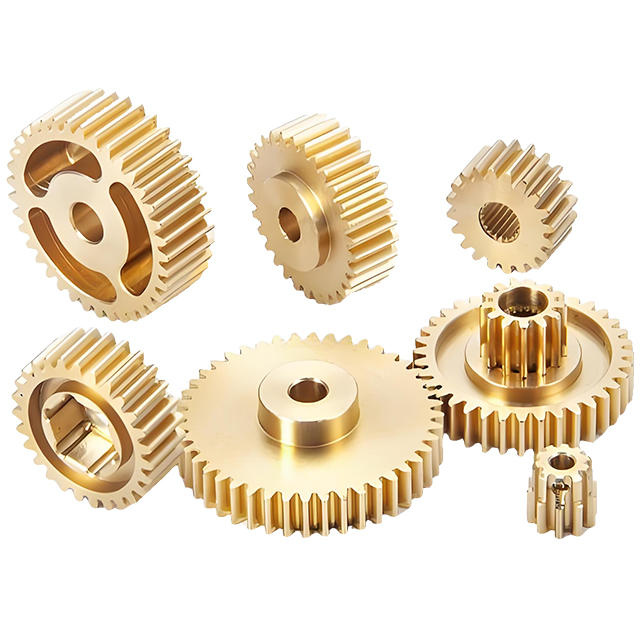
1.Xiamen Goldcattle Service Overview
Xiamen Goldcattle Customized CNC gear parts service refers to the precise machining and manufacturing of gears using CNC machines according to the specific needs of customers. This service covers the entire process from design, material selection, machining to inspection to ensure that the final product meets the customer’s requirements.
2.Xiamen Goldcattle service flow
Demand analysis: Communicate with customers to understand their specific needs for gear parts, including size, material, precision, quantity, and so on.
Design and Drawing: According to the customer’s requirements, use CAD (computer-aided design) software for three-dimensional modeling and two-dimensional drawing of gear parts.
Process planning: according to the design drawings, develop a detailed machining process plan, including machining path, cutting parameters, tool selection, etc.
Material preparation: according to the design requirements, select the appropriate material and carry out the necessary pre-treatment, such as heat treatment, tempering and so on.
CNC machining: Utilize CNC machine tools for precise machining of gear parts, including roughing, semi-finishing and finishing stages.
Quality Inspection: Strict quality inspection is carried out on the finished gear parts, including size measurement, shape and position tolerance inspection, surface roughness inspection, etc.
Delivery and after-sales service: deliver qualified gear parts to customers and provide necessary after-sales service and technical support.
3.Material Selection
When customizing CNC gears, the choice of material is crucial because it directly affects the performance, life, cost and overall quality of the final product. Below are some of the materials commonly used for CNC gear machining and their characteristics:
● Steel
Steel is one of the most commonly used materials in CNC gear machining due to its high strength, wear resistance and fatigue resistance.
Medium carbon steel (e.g. 45 steel): Medium carbon steel has good overall mechanical properties due to its moderate carbon content (about 0.45%). It has high strength and hardness, while maintaining a certain degree of toughness and workability. Medium carbon steel after appropriate heat treatment (such as quenching and tempering), can obtain higher hardness and wear resistance, suitable for the manufacture of gears to withstand moderate loads and speed.
Alloy Steel: Alloy steel is made by adding appropriate amount of alloying elements (e.g. chromium, nickel, molybdenum, etc.) on the basis of ordinary carbon steel. Alloy steel has higher strength, hardness, wear resistance and corrosion resistance, and is suitable for the manufacture of high-performance, demanding gears.
●Aluminum Alloys
Aluminum alloy is widely used in CNC gear machining because of its low density, light weight, good corrosion resistance and excellent machinability. In particular, aluminum alloy gears have significant advantages for applications that require weight reduction and lower energy consumption. However, aluminum alloys have relatively low strength and hardness, so they are not suitable for gears that are subjected to large loads and high rotational speeds.
●Stainless steel
Stainless steel is favored for its excellent corrosion resistance. In CNC gear machining, stainless steel gears are commonly used in applications that require long-term work in wet, corrosive environments. Stainless steel gears not only have good corrosion resistance, but also have high strength and hardness, but they are also more difficult and costly to machine than other materials.
●Engineering plastics
Engineering plastics are a class of polymer materials with excellent mechanical and processing properties. In CNC gear machining, engineering plastics gears are gaining attention for their light weight, low noise, and good self-lubrication. However, the strength and abrasion resistance of engineering plastics are relatively low, so they are mainly suitable for manufacturing gears with small modulus and low load.
4.Technical Advantages
High precision: CNC machine tools have extremely high machining precision, which can ensure that the dimensional and form tolerances of gear parts meet the design requirements.
High efficiency: CNC machining adopts automated production methods, which can significantly improve production efficiency and shorten the delivery cycle.
Flexibility: CNC machining has a high degree of flexibility and can easily cope with a variety of complex shapes and structures of gear parts processing needs.
Consistency: CNC machining can ensure a high degree of consistency between the same batch of gear parts, improving the overall quality of the product.
5.Application Areas
CNC gear parts customization services are widely used in automotive, aerospace, marine, engineering machinery, precision instruments and other fields. These fields have extremely high requirements for gear parts, which need to have high precision, high strength, high wear resistance and other characteristics, and CNC machining technology is the best choice to meet these requirements.
Custom CNC Gear Parts FAQ
Q: What materials are suitable for custom CNC gear parts?
A. Commonly used materials for custom CNC gear parts include steel (e.g., 45 steel, stainless steel, etc.), aluminum alloys, cast iron, and certain special-purpose engineering plastics and composites. The choice of material depends on the gear’s application scenario, performance requirements, cost budget, and other factors. For example, steel is often chosen for applications requiring high strength and wear resistance, while aluminum alloys or engineering plastics may be chosen for applications requiring light weight and corrosion resistance.
Q: What factors do I need to keep in mind when designing CNC gear parts?
A. Factors to be considered when designing CNC gear parts include the basic parameters of the gear, such as module, number of teeth, pressure angle, and coefficient of variation, as well as the gear’s operating conditions (e.g., rotational speed, load, and operating environment). In addition, the accuracy level, surface roughness, and heat treatment requirements of the gears need to be considered to ensure that the gears can meet the performance requirements and extend their service life during use.
Q: How does CNC machining ensure the accuracy of gears?
A: CNC machining ensures the accuracy of gears through precise CNC programming and advanced machine tools. During the machining process, factors such as tool selection, cutting parameter settings, and machine tool precision adjustments are strictly controlled to ensure that the gear’s dimensional accuracy, form and positional tolerances, and surface roughness meet the design requirements. In addition, necessary quality inspections and tests will be conducted to ensure that the quality of the gears meets the standards.
Q: What is the lead time for custom CNC gear parts?
A: The machining lead time for custom CNC gear parts depends on a number of factors, including the complexity of the part, the choice of material, the quantity to be machined, and the scheduling of the manufacturing plant. Generally speaking, simple gear parts may only require a few days to a week of machining time, while complex gear parts may take several weeks or more. In order to shorten the machining lead time, it is recommended to communicate and confirm the specific schedule with the machining manufacturer in advance.
Q: How do I evaluate the cost of custom CNC gear parts?
A. The cost of custom CNC gear parts is affected by a number of factors, including material costs, machining costs, design costs (if any), heat treatment costs (if required), quality inspection costs, and possibly taxes and shipping costs. In order to accurately assess the cost, it is recommended to communicate in detail with the machining manufacturer to clarify the exact amount and calculation of each cost. In addition, it is possible to choose the right partner by comparing the offers of different processors.

